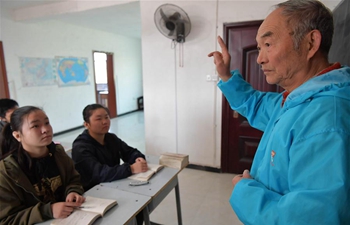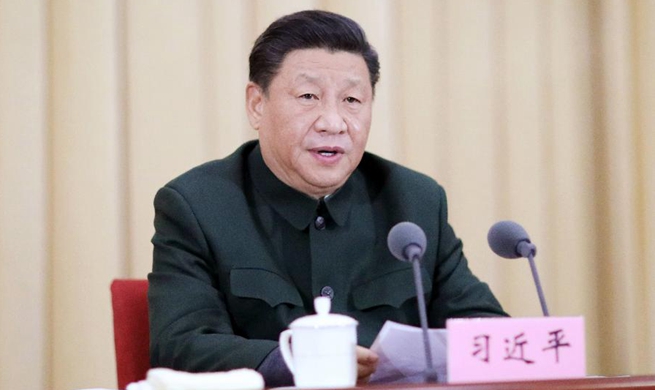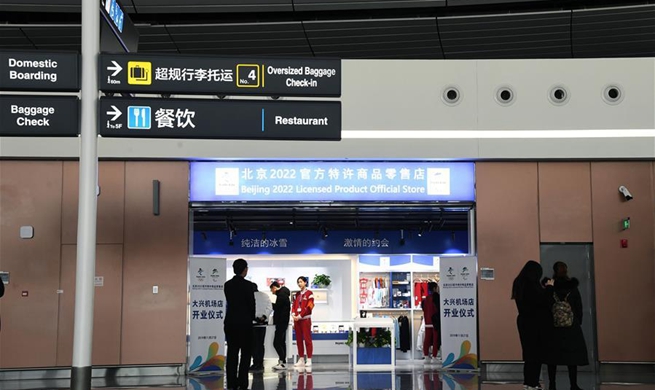PHNOM PENH, Nov. 27 (Xinhua) -- Cambodia's economy remained robust, underpinned by solid export performance and strong domestic demand, according to the latest edition of the World Bank's Cambodia Economic Update report released here on Wednesday.
However, real growth is expected to decelerate to 7 percent in 2019, down from 7.5 percent in 2018, the report said.
Garment and footwear exports, accounting for about 70 percent of total merchandise exports, grew at 17.7 percent in 2018, but eased slightly to 15.3 percent in June 2019, it said, adding that bustling construction activity has continued, reflecting a sustained appetite for investment.
The report said risks in the financial sector continue to grow, with increased exposure to the construction and real estate sector alongside rising indebtedness -w here combined bank and microfinance credit now accounts for over 100 percent of the GDP (gross domestic product).
It added that a possible withdrawal of the Everything But Arms (EBA) initiative could substantially dampen Cambodia's growth prospects.
The European Union (EU) started in February the 18-month process that could lead to the temporary suspension of Cambodia's duty-free trading access to the EU market under the EBA scheme due to concerns over human rights and labor rights.
The report said to enhance Cambodia's external competitiveness, the authorities recently introduced measures to facilitate trade by lowering logistics costs, cutting red tape, and supporting businesses with a six-day reduction in the number of publicly observed holidays in 2020.
In addition, a relatively large fiscal stimulus to be financed by government savings could be introduced in 2020 to mitigate the negative impacts of the potential withdrawal of the EBA, it said.
The report also highlighted that Cambodia's participation in the global economy through global value chains (GVCs) grew faster than other comparator countries, albeit from a low base.
Foreign direct investment (FDI) inflows, a large pool of low-skill and low-wage labor, and preferential access to key export markets were behind Cambodia's rapid integration into limited manufacturing GVCs.
"To move to the next stage of GVC participation, Cambodia will need a much more sophisticated policy mix," Inguna Dobraja, World Bank country manager for Cambodia, said during the launch of the report.
"This would include expanding and deepening trade agreements, lowering barriers to imported inputs, continue improving the education and skills of the labor force, and harnessing the digital economy to support the integration of firms into global value chains," she said.













